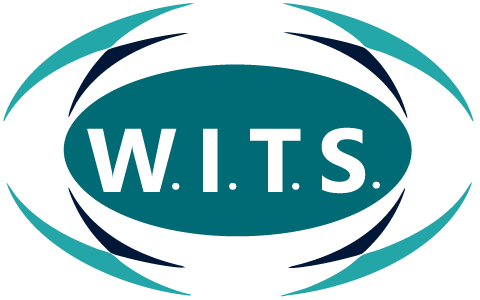Parkinson's Disease
Parkinson's Disease Overview
Parkinson's Disease (PD) is a progressive neurological disorder that predominately affects the motor system, leading to a range of physical and cognitive symptoms. PD has a significant impact on movement and coordination as it progresses. This overview is tailored for fitness professionals who play a crucial role in managing and improving the quality of life for individuals with Parkinson's through exercise and physical activity programs.
Definition of Parkinson's Disease
Parkinson's Disease is characterized by the degeneration of neurons in a region of the brain called the substantia nigra, which is responsible for the production of dopamine. Dopamine is a neurotransmitter that plays a key role in transmitting signals within the brain to help control movement and coordination. The depletion of dopamine due to PD leads to the motor symptoms commonly associated with the disease.
Symptoms and Effects on the Human Body
The primary symptoms of Parkinson's can be remembered by the acronym TRAP:
- Tremor: A trembling that typically starts in the limbs, often the hands or fingers.
- Rigidity: Stiffness of the limbs and trunk, which can limit movement.
- Akinesia/Bradykinesia: Slowness of movement (akinesia) or a noticeable reduction in the speed and amplitude of voluntary movement (bradykinesia).
- Postural Instability: Impaired balance and coordination, leading to difficulty with walking and an increased risk of falls.
Additional effects of Parkinson's can include changes in speech, writing, and facial expressions. Non-motor symptoms may also develop, such as sleep disturbances, sensory changes, and cognitive impairments. These symptoms can have a substantial impact on an individual's ability to perform daily activities and maintain a healthy level of physical fitness.
Impact on Muscle Fibers
Parkinson's Disease can lead to muscle rigidity and a reduction in muscle mass and strength. The changes in dopamine levels affect not only the coordination of muscle movements but can also influence muscle fibers directly. This underscores the importance of regular exercise and physical therapy in PD management, to maintain muscle tissue function and combat the loss of muscle density and flexibility.
Treatments
While there is no cure for Parkinson's Disease, there are several treatment options designed to manage its symptoms:
- Medication: Aimed at increasing dopamine levels or mimicking its action in the brain.
- Surgical Therapies: Such as Deep Brain Stimulation, which involves implanting a device to stimulate the brain with electrical impulses.
- Rehabilitative Therapies: Including physical, occupational, and speech therapy.
- Exercise: Customized fitness programs are critical for managing symptoms, improving mobility, and enhancing the overall well-being of those with PD. Focus on flexibility, balance, strength, and cardiovascular health is particularly beneficial.
For Fitness Professionals
Understanding Parkinson's Disease is essential for fitness professionals who may work with this population. Designing exercise programs that cater to the needs of individuals with PD, incorporating both aerobic and strength-training elements, can be instrumental in their symptom management.
By taking into account the effects of PD on movement and muscle function, fitness professionals can help optimize the effectiveness of exercise as a therapeutic tool. This includes being mindful of the increased risks associated with postural instability and fall hazards. Regular communication with healthcare providers is critical to align physical activity programs with overall treatment goals.
Fitness professionals should also stay informed about the latest research in exercise science regarding PD, as this field is continuously evolving.
---
With the right knowledge and approach, fitness professionals can have a profound impact on the lives of individuals living with Parkinson's Disease, helping them maintain their independence and enjoy a higher quality of life through targeted exercise and rehabilitative efforts. By working together with healthcare providers, we can help individuals with PD lead fulfilling and active lives. So, it is essential for fitness professionals to stay up-to-date on current research and treatment methods relating to Parkinson's Disease in order to provide the best possible care for their clients. By being knowledgeable and adaptable, fitness professionals can make a significant difference in the well-being of those
Special Note: This information is a courtesy of W.I.T.S. @ www.witseducation.com where Excellence For Fitness Professionals. 888-330-9874

1 comment
This information is very helpful. I train at a Jewish senior center, and I am finding that learning more about this disease will be quite beneficial to me as a personal trainer with the senior population.